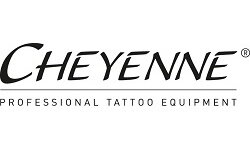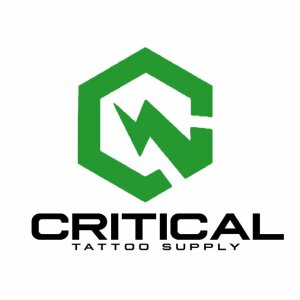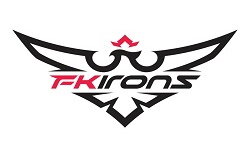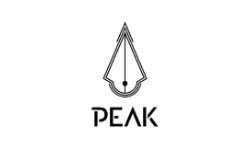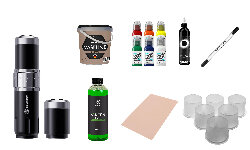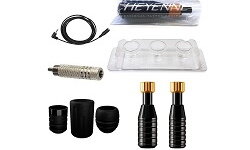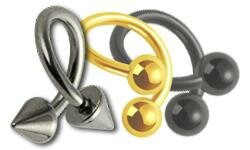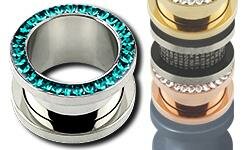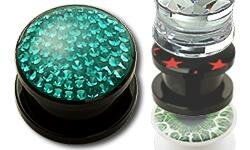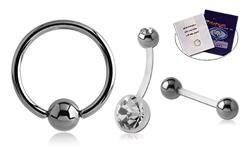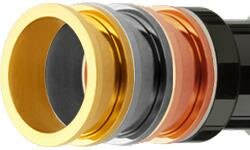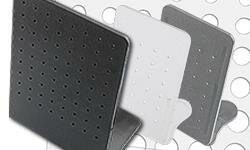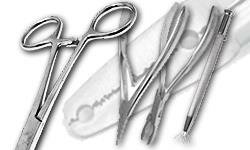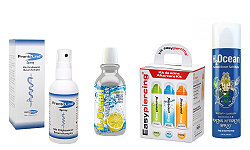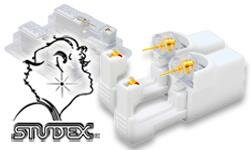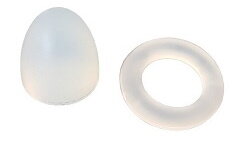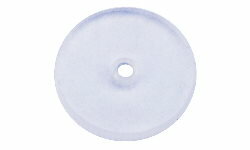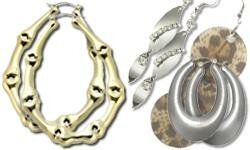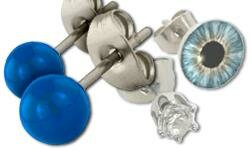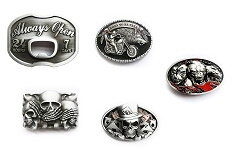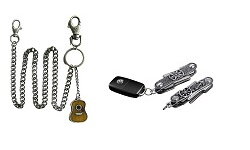How are Tattoo Lines created?
A Guide to Precise Linework
Tattooing clean and precise lines is one of the most essential skills for any tattoo artist. Sharp, even lines create clear outlines and improve the overall quality of the tattoo. However, achieving perfect lines depends on several factors: from selecting the right needles and adjusting the machine settings to maintaining proper hand movement and skin tension. This guide explains step by step what matters most when tattooing lines.
Proper Skin Stretching
A crucial factor for clean tattoo lines is skin tension. Unstretched skin can cause the needle to enter unevenly, resulting in wobbly or blurry lines.
- The skin should be stretched using the free hand.
- It is especially important to hold the skin taut in areas with less natural tension (e.g., stomach or upper arms).
- Properly stretched skin ensures smooth ink flow and prevents needle skipping.
The Right Needle Depth
The correct needle depth is essential for ink retention. If the needle is set too shallow, the ink will not stay in the skin. If it is too deep, it can cause scarring or blowouts (ink spreading under the skin).
- Ideal depth: The middle skin layer is generally around 2mm below the surface. However, different skin types may require adjustments.
- Recognizing the correct depth: Light bleeding is normal, while excessive bleeding indicates that the depth needs adjustment.
- Avoiding blowouts: Tattooing too deeply can cause ink to spread uncontrollably and lead to scarring.
Adjusting the Tattoo Machine
Proper machine settings significantly impact the final result. While adjustments vary by machine type (coil or rotary), some general rules apply:
- A solid line requires proper coordination between hand and machine speed. A good reference is around 130 strokes per second.
- Voltage settings typically range between 7-9V, depending on the machine and the artist's working speed.
- The stroke length of a machine plays a key role in linework. For fine lines, a stroke of 3mm to 3.5mm is ideal. For bolder lines, 4mm is common, while thick, bold outlines may require 4.5-5mm strokes.
Holding the Machine Correctly
The right grip ensures steady control and precise linework.
- Firm grip: The machine should be held securely but not too tightly.
- Resting the elbow: If possible, rest your elbow to maintain stable movements.
- Moving from the forearm: Linework should be done with forearm motion, not just the fingers.
- Consistent speed: Slow, even strokes prevent line breaks.
Choosing the Right Stroke Length
Stroke length determines how deep and fast the needle moves into the skin.
- Fine lines: 3-3.5mm stroke
- Thicker lines: 4mm stroke
- Bold outlines: 4.5-5mm stroke
- Soft shading: 2.5-3.5mm stroke
- Standard shading and color packing: 4mm stroke
- Large color packing: 4.5mm stroke or higher
Choosing the Right Needles
Using the correct needle type is another key to clean lines.
- Round Liner (RL): Standard for fine to thick lines.
- RL Bold/Straight/Turbo: Designed for bold, saturated lines.
-
Needle count:
- Fine lines: 3RL 0.25 LT to 5RL 0.35 LT
- Standard lines: 7RL 0.30 LT to 9RL 0.35 LT
- Bold lines: 9 Bold Liner and above
Choosing the Right Tattoo Ink
- High-pigment black ink: Linework ink should be dense and deep black.
- Ink consistency: Should flow smoothly for crisp lines.
- Recommended brands: World Famous Ink, Panthera Ink, Eclipse
Applying the Right Pressure
- Adjust pressure: Depending on skin type, slight variations in pressure may be needed.
- Gentle, steady motion: Avoid excessive force to prevent scarring.
- Weighted grips: Heavier grips help break the skin barrier more easily, requiring less pressure.
Additional Tips for Clean Lines
- Avoid going over the same line too often: Excessive passes damage the skin.
- Practice patience: Linework requires a steady hand—practice on synthetic skin to refine technique.
Perfect Tattoo Lines with the Right Technique
Clean, precise lines are essential for high-quality tattoos. Mastering skin stretching, needle depth, and machine settings helps artists achieve sharp, long-lasting results. By practicing proper technique and using high-quality tools, any tattoo artist can create professional-grade linework.

 Black
Black White
White Grey
Grey Brown
Brown Red
Red Yellow
Yellow Pink
Pink Skin Tones
Skin Tones Orange
Orange Violet
Violet Green
Green Blue
Blue